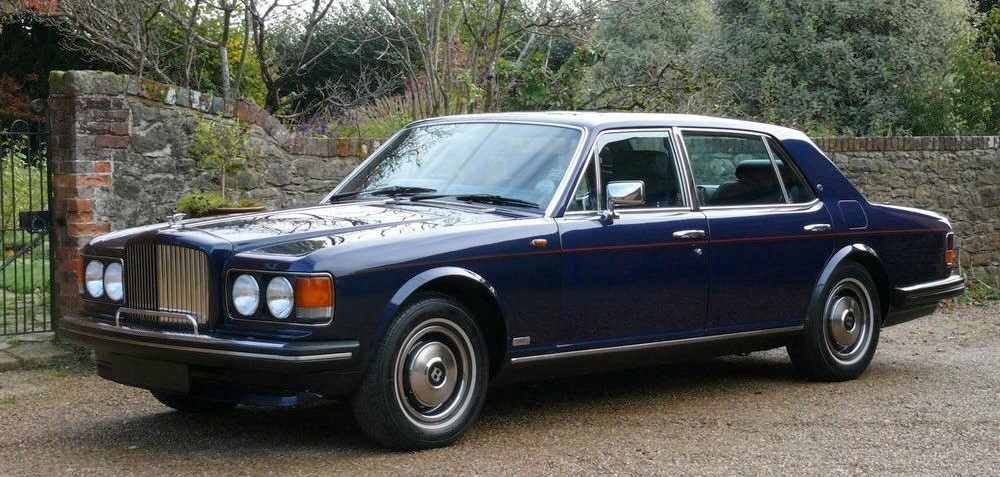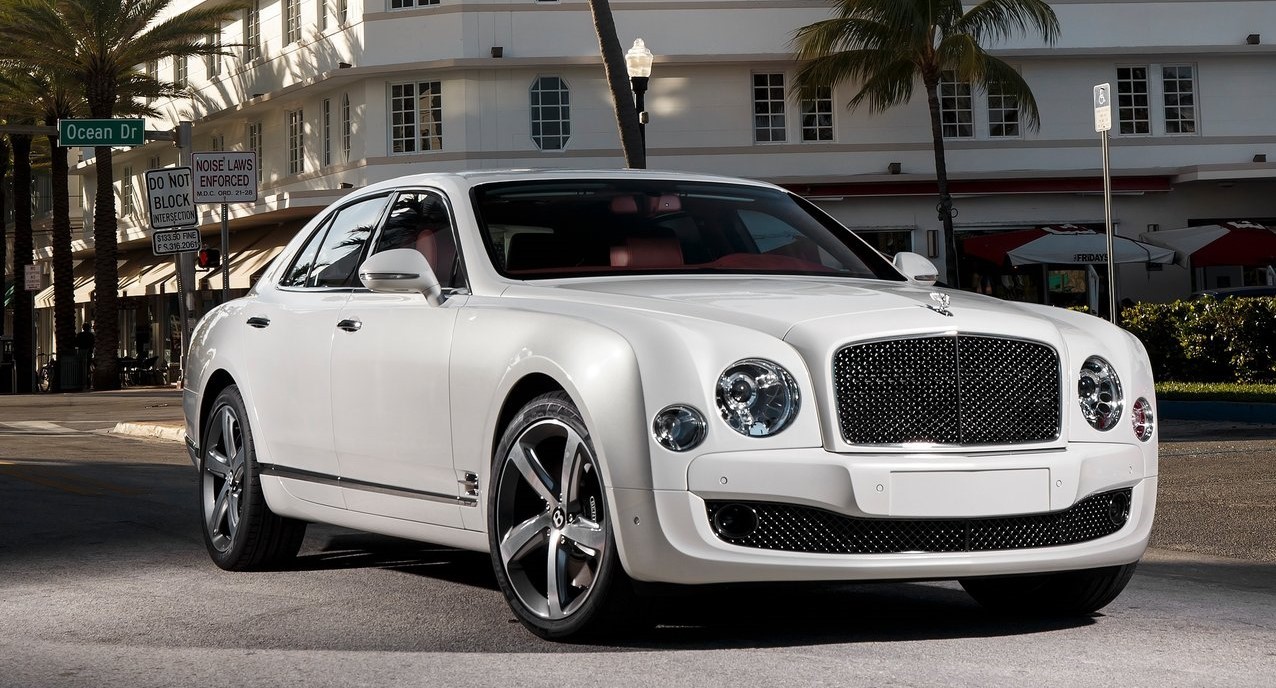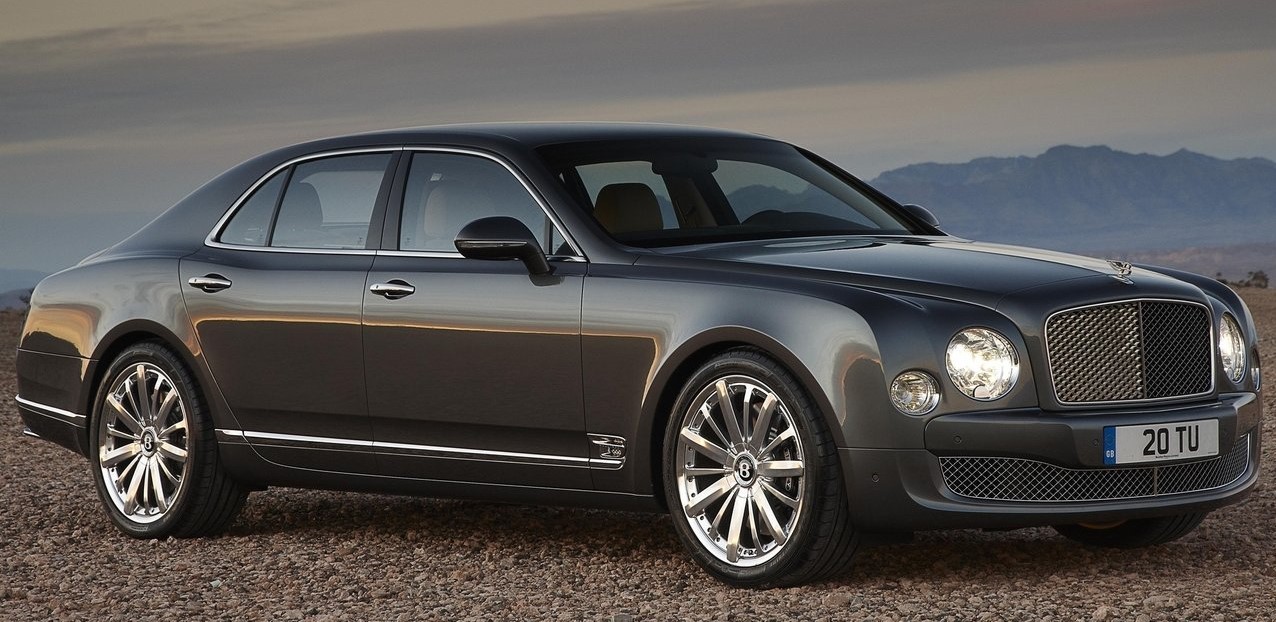
Majestic Mulsanne
With its understated elegance and phenomenal power, the Mulsanne is regarded as Bentley’s consummate saloon – and 40 years after its debut it bid farewell in 2020. Review celebrates a four-door legend. Images: Courtesy of Bentley Motors and Phil Kroll
Think of luxurious performance motoring in four-door form and one Bentley model springs immediately to mind – the Mulsanne. Hot on the heels of Bentley Motors’ own centenary in 2020 saw a key milestone in the life of the Mulsanne – the sedan’s 40th anniversary. Hailed as the ‘return of the silent sports car’, the newly introduced Mulsanne targeted those drivers who desired a sporting driving machine image, yet still enjoy the quality and luxury of a Rolls-Royce. It took Bentley sophistication and performance to a new level, and in helping re-energise the Bentley identity signalled the beginning of historic change for the legendary British marque. However, while the Mulsanne was launched more than four decades ago, in 1980, its production life hasn’t covered 40 actual years. The first incarnation ran from 1980-1992 before new life was breathed into the model 18 years after its original production run ended; the second version appeared in 2009 although 2020, saw the last Mulsannes being built with production ceasing in April 2020.

Like the Arnage, the Mulsanne was named after one of the most famous corners at Le Mans, paying due homage to the scene of Bentley’s six victories in the 24 Hours. Let’s take a look at the two versions of the Mulsanne: Version 1 – 1980-1992 The original run of Mulsannes – based on the Rolls-Royce Silver Spirit/Silver Spur which was produced at the same time – came in three distinct forms: standard, Turbo and S. All were offered in either short or long wheelbase form and benefited from the potency of a 6¾-litre V8 engine mated to a three-speed automatic gearbox. Indeed, to ensure the new Mulsanne and its turbo stablemate were as perfect as could be, Bentley’s development drivers clocked up some one million miles in testing. Compared to the standard car, the Turbo – unveiled in 1982 – enjoyed a whopping 50 per cent hike in power from its Garrett AiResearch turbocharger. Some 533 standard cars were produced by Bentley Motors, including two limousines, along with 516 Turbos before production of both ended in 1987.
Five years after the Turbo appeared on the scene, the five-seater S was introduced in 1987, and designed to appeal to executives in their thirties and forties. It was similar in many ways to the Turbo R, including the interior and alloy wheels, but minus the turbocharged powerplant, and benefited from a more sporting ride courtesy of a firmed-up suspension which improved handling in corners. The S also featured two styles of headlamp – rectangular initially before quad round units were introduced. In all 970 versions were built. Successor to the venerable T2 model, the Mulsanne was itself replaced by the aforementioned Turbo R and Brooklands models. And that appeared to be that for the Mulsanne name. However, the 21st century saw the moniker resurrected when Bentley Motors revived the Mulsanne in 2009.

Version 2 – 2009-2020 With the passing of Bentley’s flagship model, the Arnage, the new Mulsanne was unleashed in the celebrated surroundings of Pebble Beach Concours in August 2009. During its lifespan, three versions were made: standard, Speed and Extended Wheelbase; plus Specials, of which there were many. And the new model remained faithful to its roots: four doors and a 6¾-litre L Series petrol engine, powered by twin turbochargers, and this time married to an eight-speed auto box. Significantly, it was also the first flagship car since WO’s 8 Litre 80 years previously to be independently designed by the VW Group-owned Bentley Motors. Talk about bespoke luxury! With the standard car (if there could indeed be such a thing!), customers had a mind-boggling 114 exterior colours to choose from, 21 carpets, nine wood veneers and 24 interior leather hides; the rear seating could be configured to carry two or three passengers. Winter accessories, introduced in 2011, added further lustre to the Mulsanne, while subsequent extra touches included rear cabin storage area with space to hold two full-size bottles of champers and three lead crystal champagne flutes; ambient interior mood lighting, veneered iPod drawer (Premiere spec); and iPad/ keyboard compartment, headrest screens, hard drive, DVD player and Bluetooth headphones (Entertainment spec).
Clearly, the ever-expanding range of innovative onboard technology on offer helped position the Mulsanne as the ultimate in 21st-century luxury motoring. The Speed, which arrived in 2014, took the Mulsanne to the next level, offering increased performance, allied to state-of-the art chassis technology – making it the most powerful four-door car in the world. It also boasted additional premium features such as Wi-Fi access.
Extended Wheelbase which, as its name suggests, was designed with the increased comfort of passengers in mind, offering enhanced refinement thanks to airline-style rear seats, an additional 10 inches of legroom, electronic leg rests and privacy curtains. A dazzling array of limited edition Specials were produced to offer the Bentley Mulsanne owner further exclusivity and to celebrate various significant cultural events (see panel). While the Mulsanne was created to represent the ultimate in luxury travel for the road, a model was, on one occasion, pressed into motorsports action when the Driving Specification version thrilled spectators by demonstrating its ample performance over the hill climb course at the 2012 Goodwood Festival of Speed.
Mulsanne Catalogue Page: https://www.flyingspares.com/shop/2011-on-bentley-mulsanne.html
Written by Richard Edgell. Images: Courtesy of WOBMF and Neill Fraser
Thank you to the Bentley Drivers Club (BDC) for giving us kind permission to use this article on our website.
Become a member of the Bentley Drivers Club today, visit www.bdcl.org/membership



21 Mar 2023
21 Mar 2023